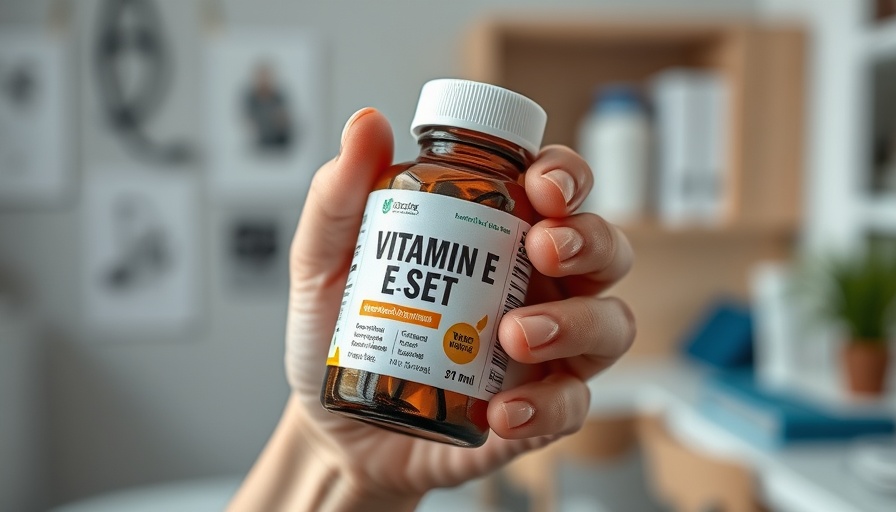
The Surprising Link Between Vitamin E and Peripheral Artery Disease
Recent studies have brought attention to the potential benefits of vitamin E in reducing the risk of developing peripheral artery disease (PAD). This condition, characterized by narrowed arteries that reduce blood flow to the limbs, can lead to serious complications if left untreated. This new research suggests that increasing vitamin E intake could serve as a valuable preventive measure.
Understanding Peripheral Artery Disease
PAD affects millions of people worldwide and is often associated with cardiovascular risks, including heart attack and stroke. Individuals with PAD may experience pain, cramping, or fatigue in the legs, particularly during physical activities like walking. Lifestyle factors such as smoking, poor diet, and lack of exercise contribute significantly to its development.
The Role of Vitamin E
Vitamin E is a potent antioxidant that helps combat oxidative stress in the body, a factor that can exacerbate vascular damage. By neutralizing harmful free radicals, vitamin E may help protect blood vessels and improve overall circulation. Recent findings suggest that individuals with higher vitamin E intake are less likely to develop PAD, which could reshape dietary recommendations for at-risk populations.
Evidence Supporting Increased Vitamin E Intake
A study published in a leading cardiology journal highlights a direct correlation between vitamin E levels and PAD risk. Researchers found that participants with higher serum levels of vitamin E had a significantly reduced likelihood of developing this debilitating condition. The study suggests that this nutrient could be crucial for maintaining vascular health, especially in individuals predisposed to cardiovascular diseases.
Food Sources of Vitamin E
To boost vitamin E intake, consider incorporating various foods rich in this nutrient into your diet. Some excellent sources include:
- Nuts and seeds
- Green leafy vegetables
- Vegetable oils, particularly wheat germ, sunflower, and safflower oils
By including these foods in your daily meals, you might not only satisfy your nutritional needs but also potentially lower your risk of developing PAD.
Expert Opinions on Vitamin E and Vascular Health
Healthcare professionals emphasize the importance of a balanced diet coupled with a healthy lifestyle for preventing PAD. While vitamin E shows promise, experts caution against self-supplementation without medical guidance. A healthcare provider can tailor recommendations based on individual dietary needs and health profiles.
Conclusion: The Path Forward for Healthier Vascular Systems
As research continues to explore the benefits of vitamin E in cardiovascular health, it becomes increasingly important for individuals to evaluate their dietary habits. By choosing nutrient-rich foods and maintaining a balanced lifestyle, communities can work towards reducing the incidence of PAD and other related cardiovascular conditions.
Stay tuned as more findings emerge regarding vitamins and their impact on health, paving the way for evidence-based dietary strategies that could enhance overall well-being.
 Add Row
Add Row  Add
Add 




Write A Comment